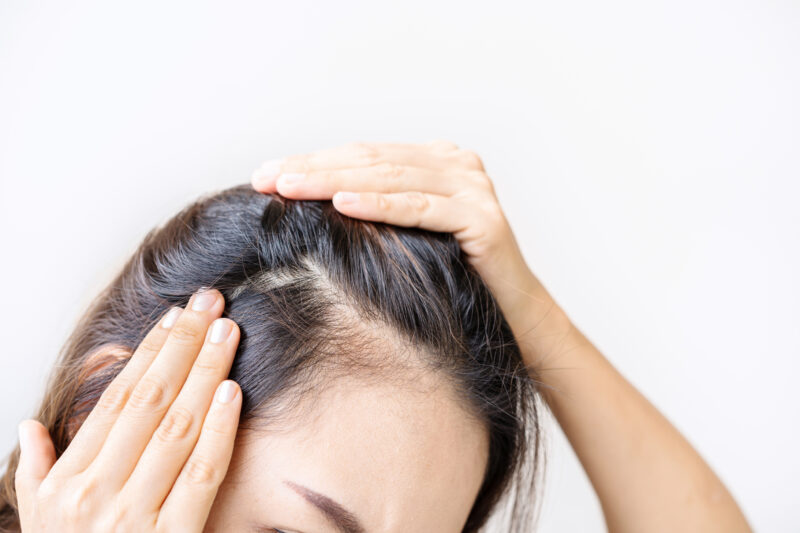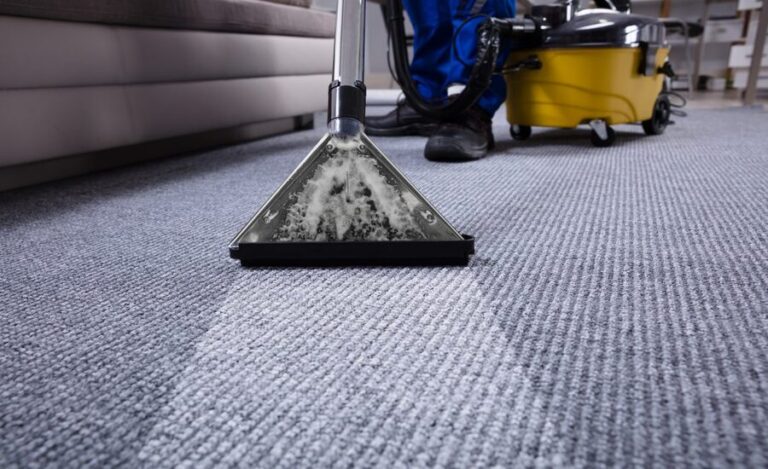Know Deep about hair loss (2024)
If you are observant, you will notice an increasing number of individuals experiencing hair loss, regardless of gender or age. Why has hair loss become more prevalent in recent times?
- Unhealthy Diet: Poor nutrition, lacking essential vitamins and minerals, can contribute to hair loss. Most of people have unhealthy diet from young to older people. Many of them consume excessive carbohydrates and high-fat foods, an unhealthy diet that results in hair lacking essential nutrients, leading to hair discoloration and even shedding.
- Staying up Late: Insufficient sleep disrupts the body’s natural processes, affecting hair health. More than 60% of people have the habit of staying up late, perhaps to have personal time after work and engage in activities they enjoy. However, it is important not to stay up too late.
- High Work or Life Stress: Stress is a common trigger for hair loss, impacting overall well-being.
It is normal thing for all the people whatever you work or study at school, facing some problem of high stress in daily life or work.
It is a big problem for modern people. We should learn to relax at work or in daily life. You can spend more time with friends or family, share happiness with them, and forget about work pressure when you are off work
Know different types of hair loss?
There are several types of hair loss, each with its own causes and characteristics. Some common types of hair loss include:
- Androgenetic Alopecia (Male or Female Pattern Baldness): This is the most common type of hair loss, characterized by a gradual thinning of hair, typically starting at the temples or crown of the head.
- Telogen Effluvium: This type of hair loss is usually temporary and occurs when a large number of hair follicles enter the resting phase simultaneously, leading to excessive shedding.
- Alopecia Areata: An autoimmune condition that causes hair loss in small, round patches on the scalp or other parts of the body.
- Traction Alopecia: Hair loss caused by excessive pulling or tension on the hair, often due to hairstyles like tight braids or ponytails.
- Trichotillomania: A psychological disorder where individuals have an irresistible urge to pull out their hair, leading to hair loss.
- Anagen Effluvium: Hair loss that occurs during the anagen (growth) phase of the hair cycle, often as a side effect of chemotherapy or radiation therapy.
- Scarring Alopecia: Hair loss that results in scarring of the scalp, typically due to inflammation or other skin conditions.
Dealing with hair loss can be challenging, but there are various strategies and treatments that can help manage or address the issue. Here are some tips on how to deal with hair loss:
1. Consult a Healthcare Provider: If you are experiencing significant hair loss, it’s important to consult a healthcare provider or dermatologist for an accurate diagnosis and personalized treatment plan.
2. Identify the Underlying Cause: Understanding the root cause of your hair loss is crucial for determining the most effective treatment. Causes can range from genetics and hormonal imbalances to stress, medical conditions, or certain medications.
3. Healthy Lifestyle Habits: Maintain a balanced diet rich in vitamins, minerals, and proteins that promote hair health.Manage stress through relaxation techniques, exercise, and adequate sleep.Avoid harsh hair treatments, excessive heat styling, and tight hairstyles that can contribute to hair damage and breakage.
4. Medical Treatments:
Depending on the type and cause of hair loss, medical treatments may include:
Topical medications like minoxidil to promote hair growth. Oral medications such as finasteride for androgenetic alopecia.
Corticosteroid injections for alopecia areata.Immunotherapy or immunosuppressive medications for autoimmune-related hair loss.Low-level laser therapy to stimulate hair follicles.
5. Hair Care Products:
Use gentle shampoos and conditioners suitable for your hair type.Consider using volumizing or thickening products to create the appearance of fuller hair.Avoid products containing harsh chemicals that can further damage the hair.
6. Hair Restoration Options
Hair transplant surgery can be an option for those with significant hair loss, particularly in androgenetic alopecia.
Scalp micropigmentation or hairpieces can also help create the appearance of fuller hair.
- Try to wear Jewish wigs or hair topper is a quick way to solve the problem, it can quickly change your look without waiting several months or even years.
There are many company provide high quality jewish wigs for women,even if you buy one for yourself or do custom wigs, Findingdream hair company aslo provide the service.
Dealing with hair loss is a personal journey, and what works for one person may not work for another. It’s essential to explore different options, seek professional guidance, and find a solution that best suits your individual needs and preferences.






